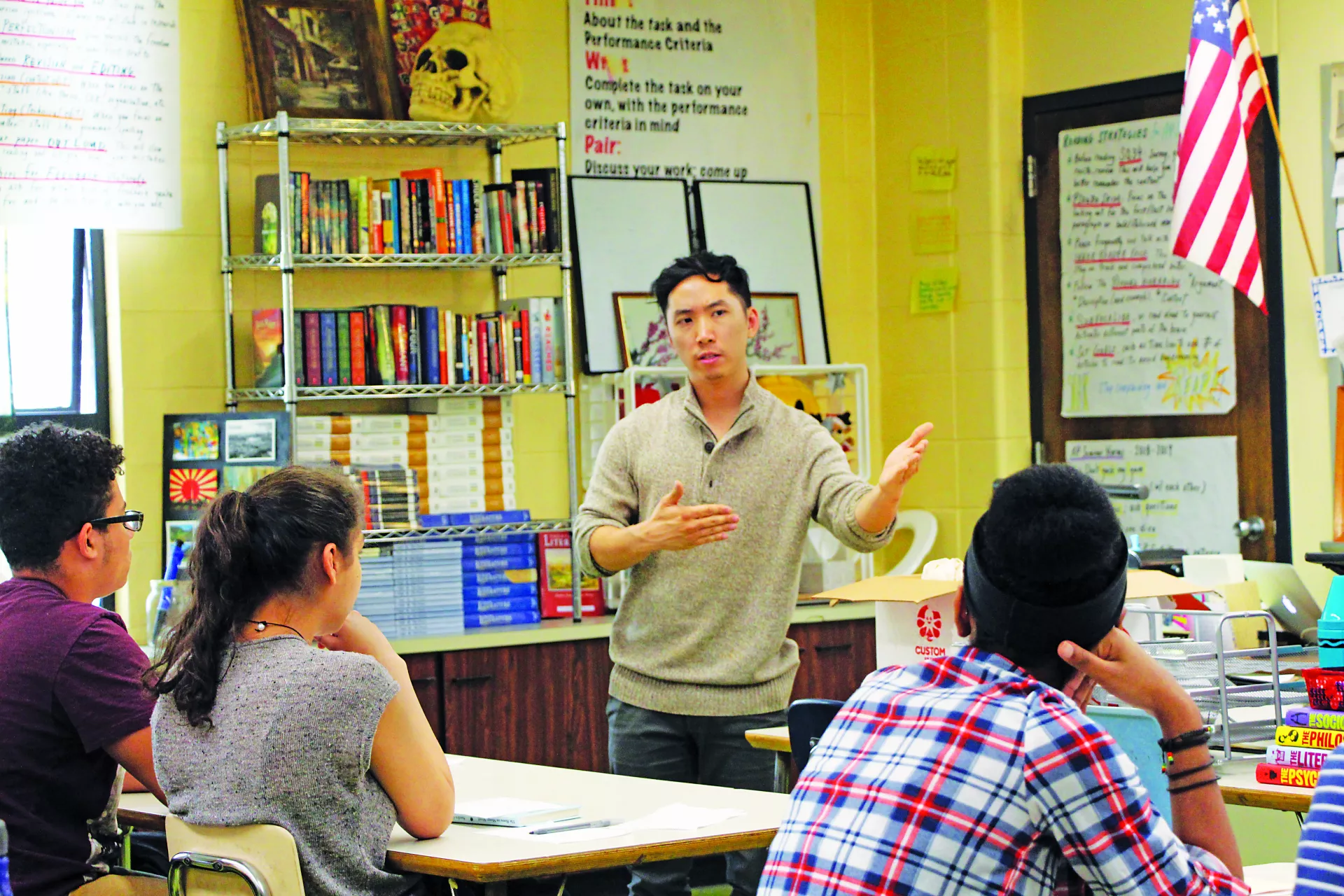Diversity in our school curricula equips our students with the means to navigate our most urgent societal problems, especially those that address race, cultural differences, and identity. In increasingly diverse yet divided times, educators owe students access to the breadth and depth of our human existence—and diversifying the literature they read might be our best bet.
When I was in high school, we read about 30 novels in my English classes. Two were authored by women, and not a single one was written by a person of color. Nearly all of the books had plots centered on the experiences and perspectives of white male protagonists.
In the rare moments of their literary inclusion, people of color were minor characters with no agency or arc. Most of them functioned as hollow allegories for prejudice as understood through the narrow gaze of their white character counterparts and author; it was through their mistreatment that their humanity was authenticated. With the exception of two, none of the novels tackled themes of race and racism, let alone other identity issues that pertained to LGBTQ, immigrant, or religious minority groups.
I also never encountered an Asian character in any of the novels, short stories or poetry we read. People who looked like me only appeared in history class, referenced as philosophers of ancient civilizations or the aggressors of World War II.
This lack of diversity in our academic spaces is not an isolated high school experience. Cultural debates about the white dominance in our literary canon have persisted for decades, with critics arguing that the diversity gap reflects systemic biases against people who have been historically marginalized.
The truth is that quality and quantity in representation matter and literacy experts have highlighted this for years, even as many schools have failed to catch on. Diversity in literature helps children escape the single-story narrative that limits their imagination of underrepresented groups. It helps them build empathy and inspires them to realize that we share more in common than in our differences.
Ten years after graduating from high school, I now teach AP Literature and create my own curricula. My selection is inclusive of the lived experiences of our increasingly diverse student body and explores the diversity of our humanity in all of its dimensions.
Make no mistake, though: Our obligation to diverse reading materials extends beyond their selection; what matters is how we use the texts as tools to teach and model to our students how to navigate sensitive topics.
My students read The House on Mango Street not because its main character is Latina, but because her triumph over abuse and poverty invites readers to confront their own traumas through the language of poetry. We read A Raisin in the Sun not because at its center is an endearing black family, but because understanding the systemic barriers this family overcomes helps us identify and confront similar racist structures that oppress people of color today.
With growing social and political tensions, our students are aware of and restless about the world they’ll inherit. They’re looking to the adults in their lives to model challenging conversations on race, gender, class, and other identities. Educators have the responsibility of creating the kind of safe and structured learning environment that allows discussion of these issues.
If not in our classrooms or with an adult, where else and how else will our students learn how to speak about them?

